Built in the 19th century, Jurong Road was the oldest road in the western part of Singapore. According to the Monthly Progress Report by the Municipal Engineer in 1886, Jurong Road was largely a rural road with only sections of it covered with proper gravelling.
Stretching over 10 miles (16km) long, Jurong Road was home to many former kampongs, including the westernmost Tuas Village. For over a century, it remained as the main route to Singapore’s undeveloped western side.
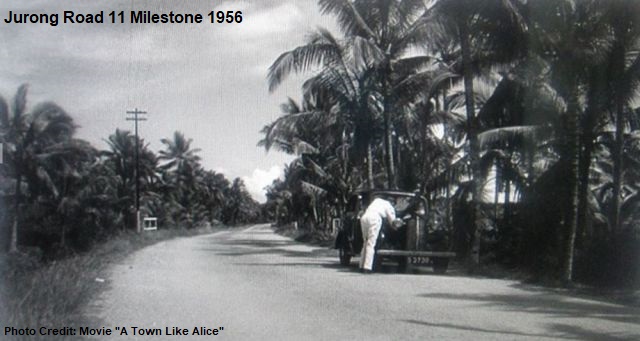
In the sixties, Jurong underwent massive industrialisation. Factories and roads were constructed, but Jurong Road continued to play a role until it was replaced in the early eighties by the Pan-Island Expressway’s (PIE) new extension opened between Jalan Anak Bukit and Corporation Road.
The westernmost section of Jurong Road was renamed Upper Jurong Road in 1960. Its continuous route eventually came to an end in the eighties and nineties due to the extension of PIE and the development of Housing and Development Board (HDB) new towns in Bukit Batok, Jurong East and Jurong West. The long Jurong Road was broken up and certain sections of it were expunged for new road networks within the new towns.

At its eastern end, after several road alterations and realignments, much of the original Jurong Road had evolved into Jalan Jurong Kechil and Bukit Batok Avenue 6 today. Only a short stretch, developed as a shortcut to Upper Bukit Timah Road in the sixties (and was renamed Old Jurong Road in the eighties), managed to survive and retain the name till this day.
The Jurong Road between Corporation Road and Jurong Town Hall Road was another stretch that had escaped redevelopment for decades, but its existence finally came to an end when it was officially closed to traffic on 27 September 2020.
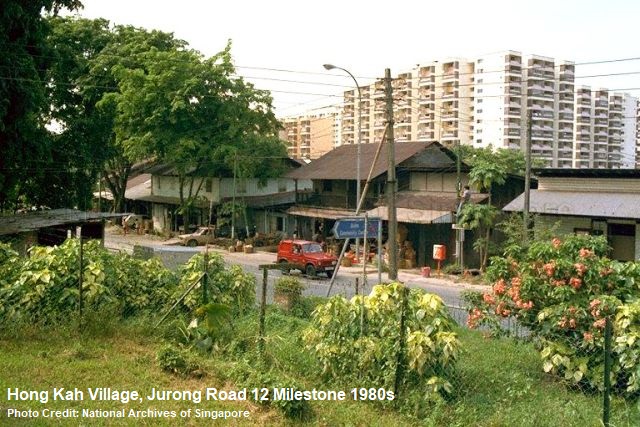
This stretch of Jurong Road was formerly home to numerous villages such as Hong Kah Village, Kampong Ulu Jurong, Kampong Sungei Jurong, Kampong Ulu Pandan and Ong Lee Village. It also had a Chinese cemetery called Bulim Cemetery. Small roads and tracks, located along the road, led to the inner areas mostly occupied by farms, plantations and schools.
Most of the villages were demolished in the eighties and nineties, with its residents relocated to the newly built HDB towns. Bulim Cemetery was exhumed in the mid-nineties; its site is now redeveloped into a small industrial estate.
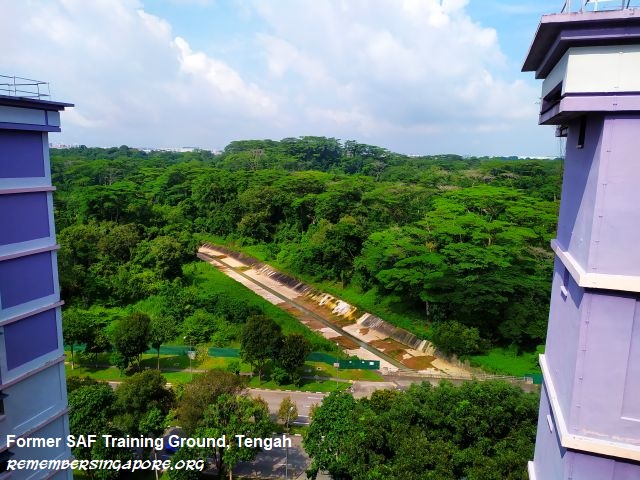
The entire area became a forested training ground for the Singapore Armed Forces (SAF), where public access was prohibited. The network of inner roads, including Lorong Pacheh, Kian Hong Road, Sing Nan Road, Hong Kah Drive, Lorong Putek, Jalan Dedali, Lorong Kerubut and many others, quietly vanished into the history.
As for this stretch of Jurong Road, over the years, it became a forgotten road that were only occasionally used by drivers to avoid the jam in PIE. Bus 174 was the only bus service plying this route.
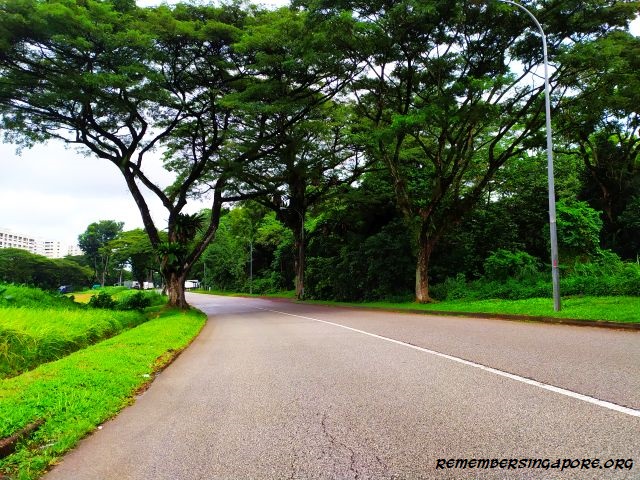
In 2016, the government announced the development of Tengah New Town, which is expected to consist of five housing districts (Plantation, Park, Garden, Brickland and Forest Hill) with 42,000 homes.
After its closure, Jurong Road will be expunged in the near future to be replaced by the new town’s road network. In addition, a new road interchange will be built at the junction of PIE and Jurong Canal Drive by 2027, providing the Tengah residents a direct link to the expressway.
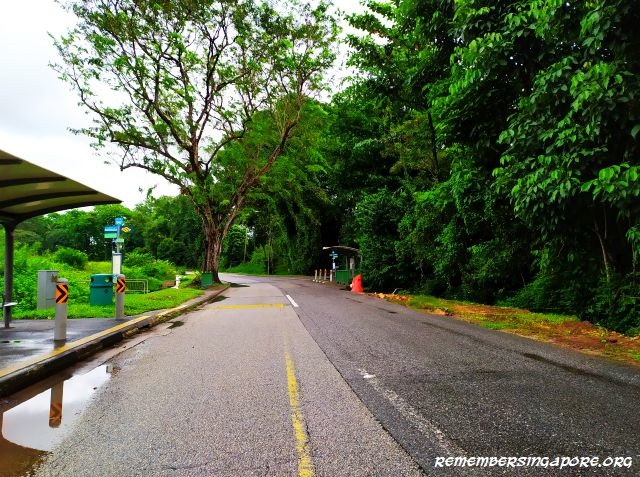
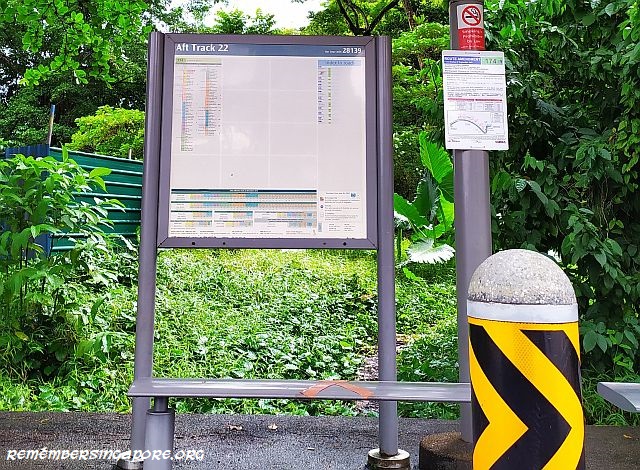
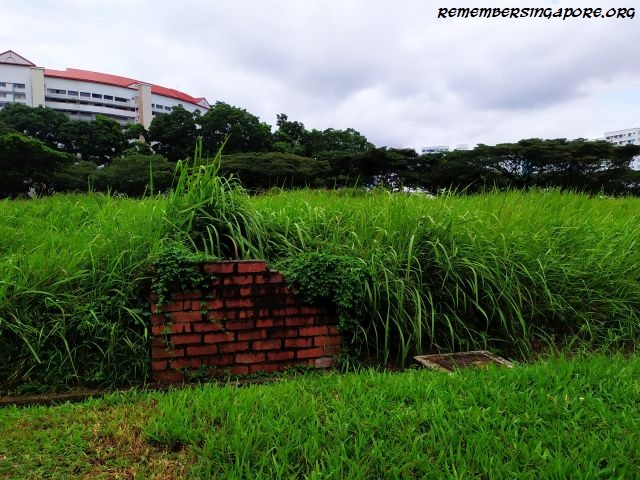
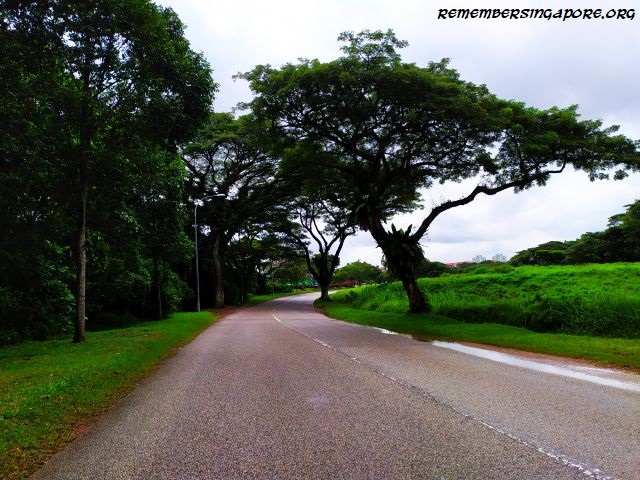
Published: 01 October 2020
Updated: 27 August 2021








To me honestly it’s such a pity the authorities chose to demolish this magnificent old Jurong Road that has decades of history tied to. I would have liked it if they integrated this old road into the new tengah town… if these type of procedures go on and on we won’t have this type of 2 lane main road in Singapore anymore, the only other road similar to this is Tampines Road,but that too is getting ruined with lane widening… Oh well I guess history is not a concern to them.
It’s amazing how history is defined. To me, as an expat foreign student moving to Singapore back in 2001 (with a love of history), I used to love travelling bus 174 along this stretch of Singapore. It had a special feeling even then, something ignored, a little portal into an old world. Now it seems my own life in Singapore is becoming history! It would have been nice to have kept it with a few feet of green as a ‘buffer’. Perhaps not practical but I can imagine the next generation appreciating its preservation. Maybe.
I no longer consider Singapore my homeland although I was born and bred here.
Lovely piece on the history of this road. Just one small correction, Old Jurong Road between Upper Bukit Timah Road and Jalan Jurong Kechil is a shortcut made in the late sixties, at the same time the original stretch of Jurong Road was renamed Jalan Jurong Kechil.
These and many more details in James Tann’s blog:
https://ijamestann.blogspot.com/2011/12/hillview-avenue-to-jurong-road.html
Thanks! Have amended accordingly. Glad that this short stretch of road survive with the “Jurong Road” name till today.
As a kid, I loved the ride from my home in Taman Jurong to my school along Dunearn Road. The ambience, kampong scenes and quaint road names etc. I can still remember till this day,
You forget to write about another HUDC project – located at the entrance of Chancery Lane and Newton Road. It’s called Chancery Court.